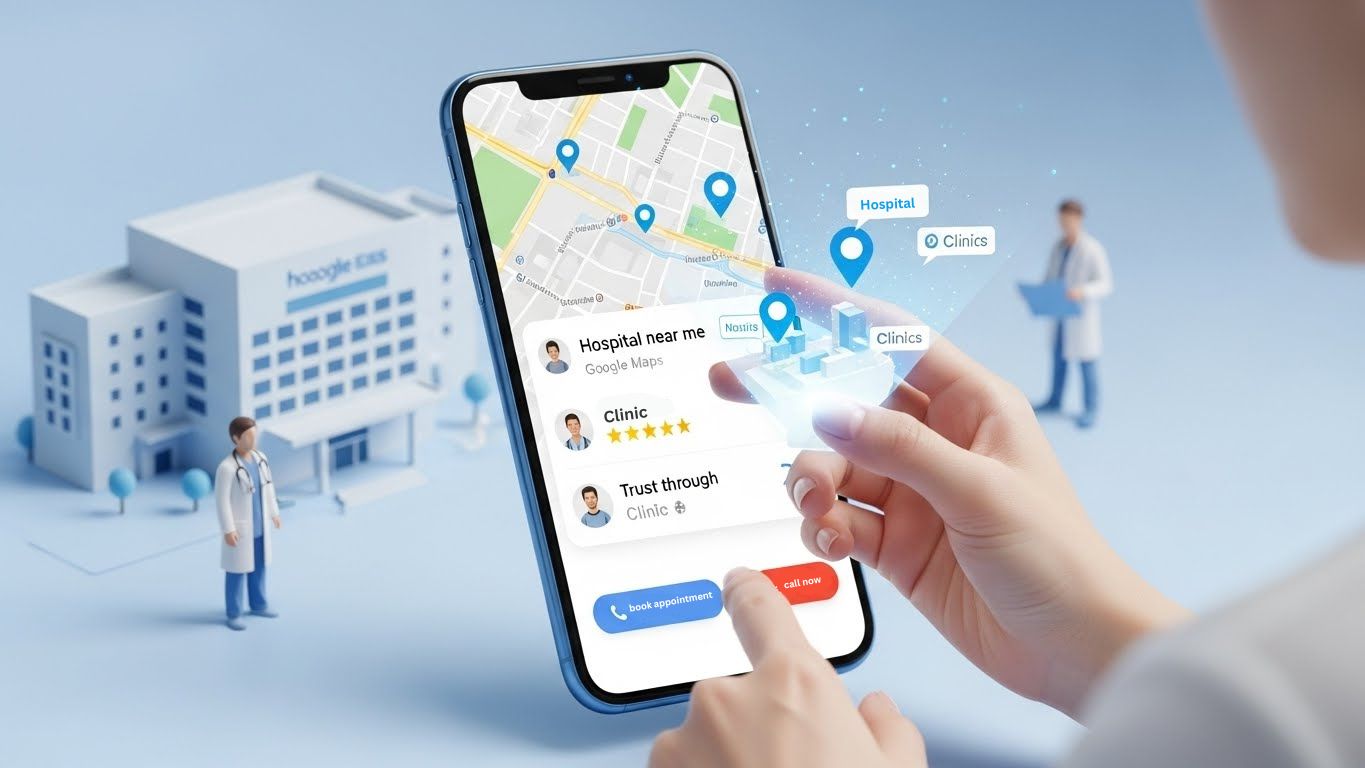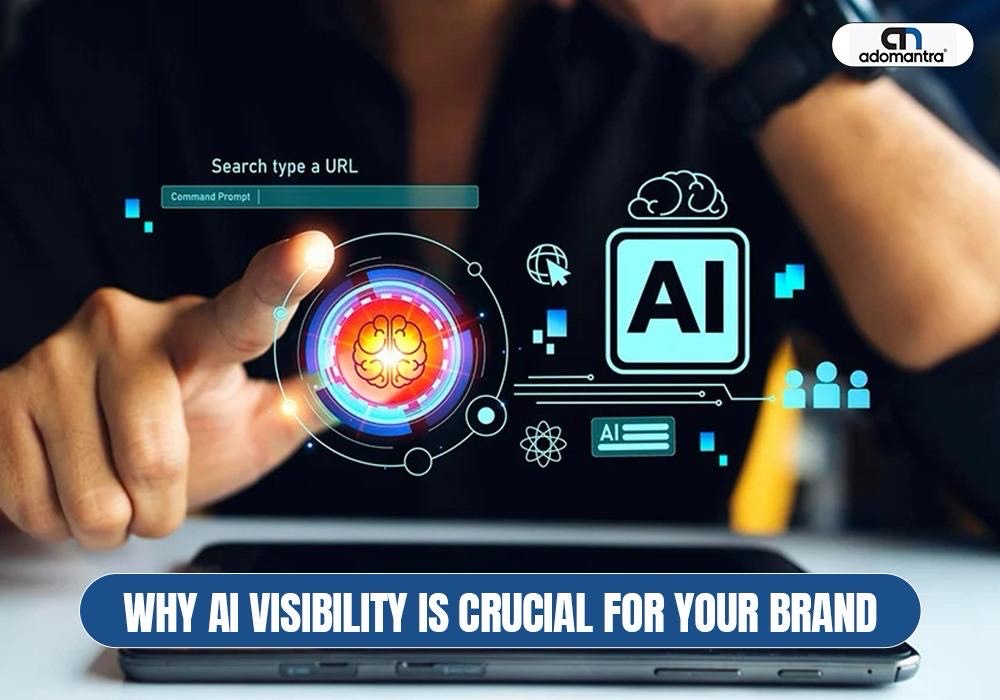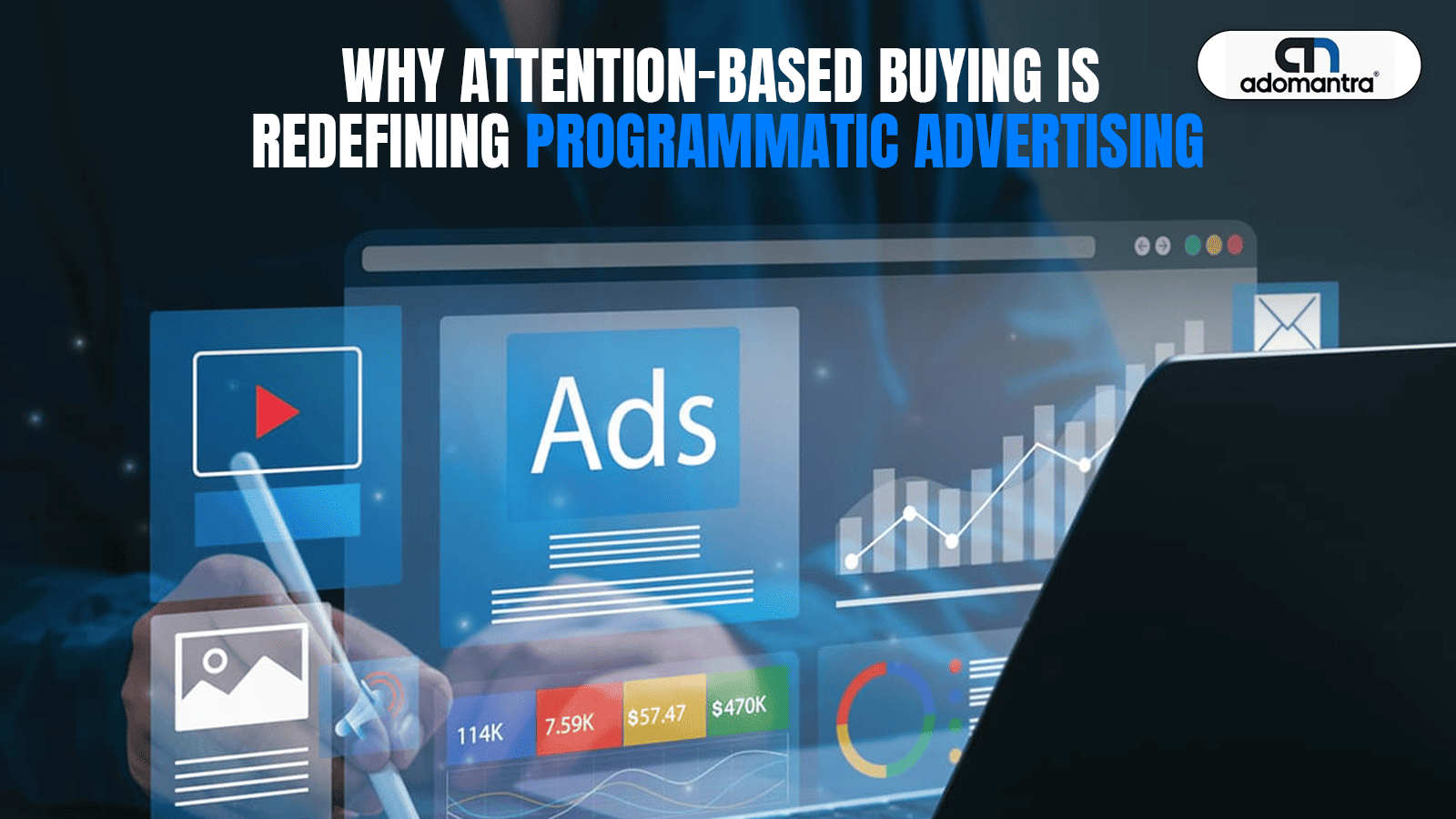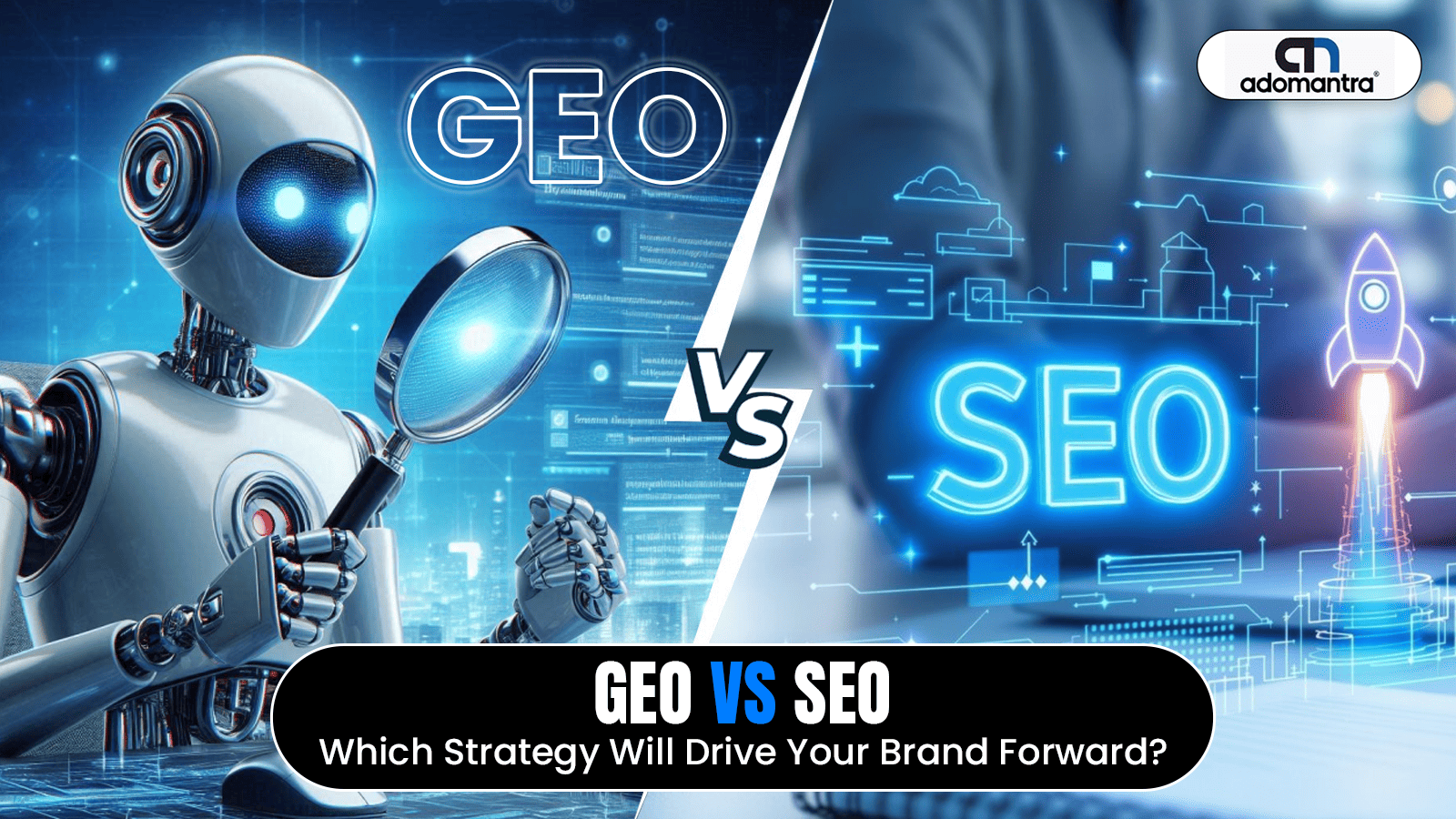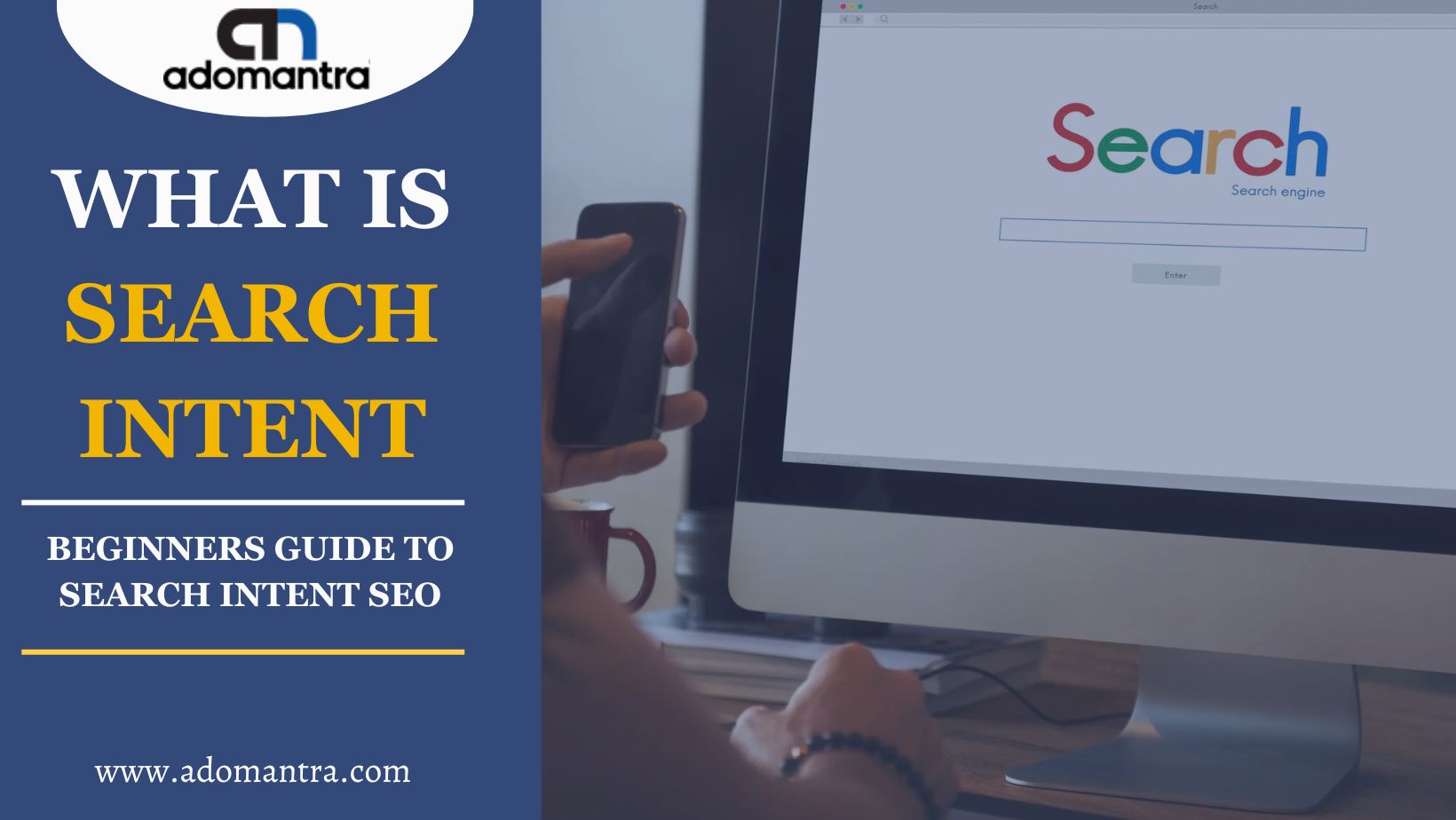
What is Search Intent? A Beginner's Guide to Search Intent SEO
In the ever-evolving world of SEO, understanding and optimizing for search intent is a critical factor in achieving online success. In this beginner's guide, we will delve into the concept of search intent, why it's important, the various types of search intent, and how you can optimize your content to align with it.
What is Search Intent?
Search intent, often referred to as user intent or query intent, is the underlying motivation or purpose behind a user's online search. It's about understanding what a person wants to achieve when they type a query into a search engine. Search engines aim to deliver the most relevant results to satisfy these intents.
To put it simply, search intent answers the question: "What is the user looking for when they perform this search?"
Understanding search intent is crucial for SEO because it helps you create content that not only attracts visitors but also provides them with what they're seeking. When your content aligns with search intent, it's more likely to rank higher in search results and generate valuable organic traffic.
Why is Search Intent Important?
- User Satisfaction: Understanding search intent helps ensure that users find the information they are looking for. When users are satisfied with the search results, they are more likely to engage with the content, spend more time on the site, and potentially convert into customers.
- Relevance: When your content matches the intent behind a search query, it's more likely to rank higher in search engine results. Search engines aim to provide the most relevant content to users, and if your content aligns with the user's intent, it has a better chance of ranking well.
- Click-Through Rate (CTR): Meeting search intent increases the likelihood of users clicking on your content. If users see your page as relevant to their query, they are more likely to click on your link. A high CTR can positively affect your SEO rankings.
- Lower Bounce Rate: Bounce rate refers to the percentage of visitors who leave your website after viewing only one page. When content aligns with search intent, users are more likely to stay on your site, exploring other pages, leading to a lower bounce rate.
- Conversions: Understanding and addressing user intent can lead to better conversion rates. If your content matches the user's needs, it's more likely to persuade them to take the desired action, whether that's signing up for a newsletter, making a purchase, or any other conversion goal.
- Content Ideas: Knowing search intent helps you come up with content ideas. You can create content that directly addresses the questions, problems, or desires your target audience has.
Regarding your request for a "unique content creator for 0 plagiarism," it's important to note that while AI tools can assist in content creation, it's crucial to maintain ethical and legal standards regarding plagiarism. Plagiarism is the act of using someone else's work, ideas, or words without proper attribution or permission. Generating unique content with AI tools doesn't guarantee zero plagiarism, as it depends on the input and the way the generated content is used.
To ensure your content is plagiarism-free, you should:
- Properly attribute and cite sources when using external information or quotes.
- Use AI-generated content as a starting point and then edit and refine it to make it truly unique.
- Check your text for plagiarism by running the content through plagiarism-checking tools to identify and correct any potential issues.
AI tools can certainly help with content creation, but they should be used responsibly to maintain originality and respect intellectual property rights.
Types of Search Intent
Search intent can be broadly categorized into four main types:
-
Informational Intent: Users with informational intent are seeking information, answers, or knowledge. This intent often leads to queries like "how to bake a cake" or "history of the Eiffel Tower." To optimize for informational intent, create content that provides in-depth information, guides, tutorials, or informative articles.
-
Navigational Intent: Navigational intent is when users are looking for a specific website or webpage. They might use search engines as a shortcut to reach a known website. Optimizing for navigational intent involves ensuring your website is easily accessible and well-structured for users to find what they're looking for.
-
Transactional Intent: Transactional intent is driven by the desire to make a purchase or engage in an online transaction. Users might search for "buy iPhone 13" or "best web hosting services." To optimize for transactional intent, focus on e-commerce strategies, product descriptions, and clear calls to action.
-
Commercial Investigation (Commercial) Intent: Users with commercial intent are researching products or services before making a decision. They might search for "best digital cameras 2023" or "top email marketing tools." To cater to this intent, create content that reviews products, compares options, and provides expert opinions.
How to Optimize Content for Search Intent
Now that you understand the importance of search intent and the various types, let's explore how to optimize your content to align with user intent:
- Keyword Research: Start by conducting thorough keyword research to identify the keywords associated with each type of search intent. Tools like Google Keyword Planner and Ahrefs can help you find the most relevant keywords.
- Content Types: Tailor your content to match the search intent. For informational queries, create blog posts, articles, or how-to guides. Navigational queries may require well-structured landing pages. Transactional and commercial intent queries should lead to product pages or sales funnels.
- Content Quality: High-quality content is essential. Ensure your content is well-researched, informative, and engaging. Use multimedia elements such as images, videos, and infographics to enhance the user experience.
- User Experience: Your website's structure and navigation should be intuitive. Users should easily find the information or products they're seeking. This is particularly crucial for e-commerce websites.
- Mobile Optimization: With the growing use of mobile devices, it's imperative to have a mobile-responsive website. Google prioritizes mobile-friendly sites in its rankings.
- Page Speed: A fast-loading website is more likely to satisfy user intent. Optimize your site for speed to enhance user experience and SEO rankings.
- Calls to Action: For transactional and commercial intent content, use clear and compelling calls to action. Encourage users to take the desired action, whether it's making a purchase, signing up for a newsletter, or contacting your business.
- Regular Updates: Keep your content up to date. In the rapidly changing online landscape, outdated content can harm your rankings and user experience.
- Analytics and Testing: Regularly monitor your site's performance using tools like Google Analytics. Test different approaches and strategies to see what works best for your specific audience and niche.
Conclusion
In conclusion, understanding and optimizing for search intent is a fundamental aspect of modern SEO. It ensures that your content aligns with the needs and desires of your target audience, leading to higher search engine rankings, improved user experience, and greater online success. By consistently delivering content that satisfies user intent, you'll be well on your way to building a strong online presence and attracting the right audience to your website.

